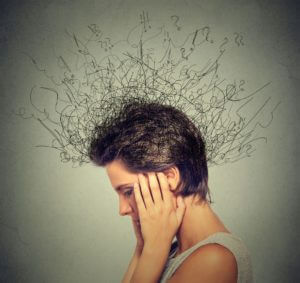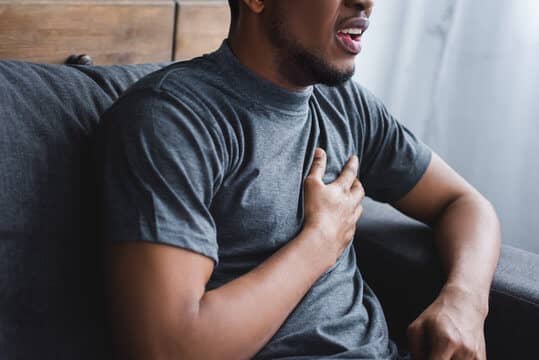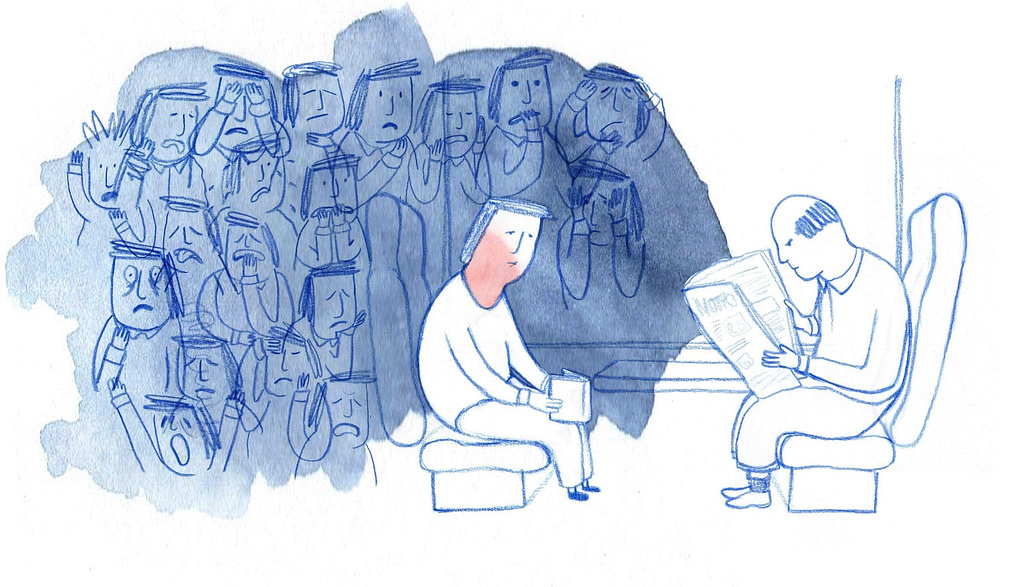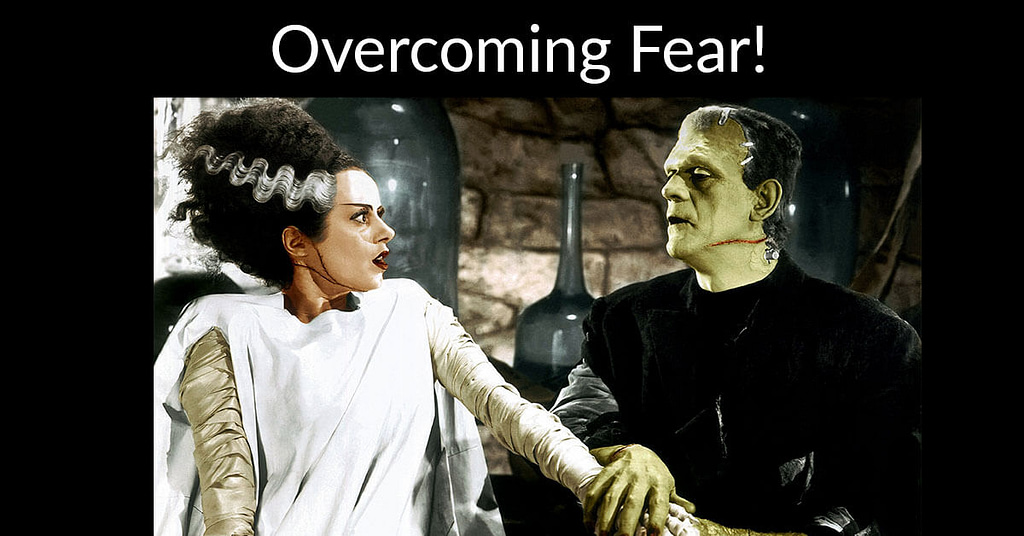# TechniqueTuesday—Mental Health—Overcoming Fear
Fear. We all feel it. It’s a normal part of being human. It protects us from harm. Or at least it’s designed to do that. Anciently it kept us safe from being eaten by saber tooth tigers, kept us seeking shelter and food. And without it our species would not have survived.
But what about now? Sometimes fear turns into that modern plague called anxiety. Where we’re terrified something bad will happen when most likely it just won’t.
Anxiety can be paralyzing. Especially for us sensitive artist types.
So what can we do about it? Here are some ideas of how to deal with it, based on my own experience, in-depth study and exploration of overcoming anxiety.
(Please note that I am not a doctor—although I have played one on TV—actually it was a print job 😉 —and this is not medical advice.)

Anxiety can range from mild jitters that keeps you occasionally doubting yourself to full-blown anxiety disorders that can completely shut a person down. When it comes to fears stopping your life entirely that usually is in the territory of an anxiety disorder. With anxiety disorders the anxiety does not go away and can get worse over time.
(This next part’s from an article put out by National Institute of Mental Health—I think they say it really well.)
There are several types of anxiety disorders, including generalized anxiety disorder, panic disorder, social anxiety disorder, and various phobia-related disorders.
What are the signs and symptoms of anxiety?
Generalized anxiety disorder:
Generalized anxiety disorder (GAD) usually involves a persistent feeling of anxiety or dread, which can interfere with daily life. It is not the same as occasionally worrying about things or experiencing anxiety due to stressful life events. People living with GAD experience frequent anxiety for months, if not years.
Symptoms of GAD include:
• Feeling restless, wound-up, or on-edge
• Being easily fatigued
• Having difficulty concentrating
• Being irritable
• Having headaches, muscle aches, stomachaches, or unexplained pains
• Difficulty controlling feelings of worry
• Having sleep problems, such as difficulty falling or staying asleep

Panic disorder:
People with panic disorder have frequent and unexpected panic attacks. Panic attacks are sudden periods of intense fear, discomfort, or sense of losing control even when there is no clear danger or trigger. Not everyone who experiences a panic attack will develop panic disorder.
During a panic attack, a person may experience:
• Pounding or racing heart
• Sweating
• Trembling or tingling
• Chest pain
• Feelings of impending doom
• Feelings of being out of control

People with panic disorder often worry about when the next attack will happen and actively try to prevent future attacks by avoiding places, situations, or behaviors they associate with panic attacks. Panic attacks can occur as frequently as several times a day or as rarely as a few times a year.
Social anxiety disorder:
Social anxiety disorder is an intense, persistent fear of being watched and judged by others. For people with social anxiety disorder, the fear of social situations may feel so intense that it seems beyond their control. For some people, this fear may get in the way of going to work, attending school, or doing everyday things.
People with social anxiety disorder may experience:
• Blushing, sweating, or trembling
• Pounding or racing heart
• Stomachaches
• Rigid body posture or speaking with an overly soft voice
• Difficulty making eye contact or being around people they don’t know
• Feelings of self-consciousness or fear that people will judge them negatively

Phobia-related disorders:
A phobia is an intense fear of—or aversion to—specific objects or situations. Although it can be realistic to be anxious in some circumstances, the fear people with phobias feel is out of proportion to the actual danger caused by the situation or object.
People with a phobia:
• May have an irrational or excessive worry about encountering the feared object or situation
• Take active steps to avoid the feared object or situation
• Experience immediate intense anxiety upon encountering the feared object or situation
• Endure unavoidable objects and situations with intense anxiety
(Back to me now—Thanks NIMH! Link to full article: Anxiety Disorders [PUT LINK IN HERE https://www.nimh.nih.gov/health/topics/anxiety-disorders])
And there’s also forms of OCD . . .
So, what do you do if you have anxiety that really gets in the way?
In my experience therapy really helps. Especially EMDR (Eye Movement Desensitization and Reprocessing) [PUT LINK IN HERE https://www.emdr.com/what-is-emdr/], or ERP (Exposure and Response Prevention) [PUT LINK IN HERE https://iocdf.org/about-ocd/treatment/erp/]. Talk therapy is all good and fine but for life-stopping anxiety I’ve found it to be least effective.
Also meds can be really helpful. (Again, not a doctor here.) But there is no shame in getting the help one needs for medical conditions. If you were diabetic, you’d get insulin. Anxiety can often be a chemical imbalance in the brain which can be checked by the miracle of modern medicine.
The really cool thing is anxiety CAN be overcome. You just have to treat it properly. But the scary thing about it is that if it doesn’t get treated it will continue to shrink one’s life until complete lockdown ensues.
Remember, fear is one thing and it’s normal, but anxiety is another. And it doesn’t have to rule one’s life.
Keep healthy! Keep strong! And go out there and do some acting!


